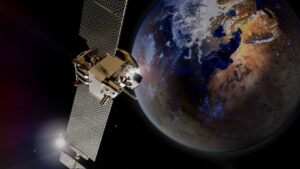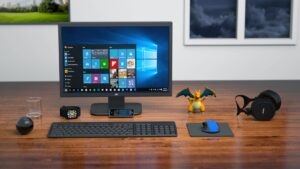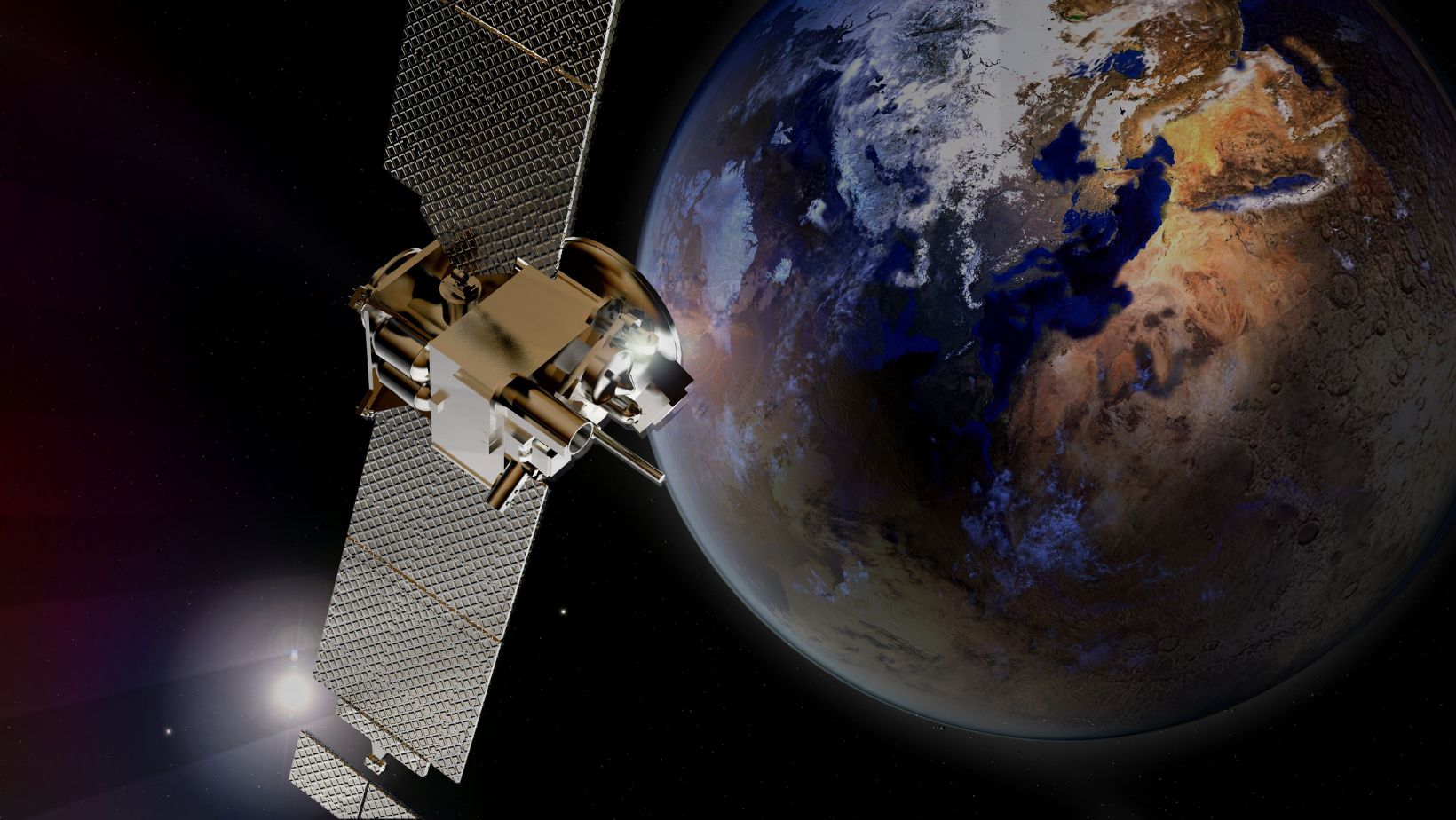
There’s software for every problem – even those not strictly of this world. Today’s niche program serves as Photoshop for space junk.
Space has fascinated humans ever since we learned how to crane our necks to the sky. We’ve always been astronomers. What began with marvelling at bright, distant specks became a recorded science by the time the Ancient Babylonians appeared around the first millennium. Of course, today, stargazing is firmly entrenched in the media, too—not just in dusty labs.
Microplastics for the Stars
Our modern love of the heavens arguably dates back to 1634 and a book by Ludwig Kepler (Johannes’ son)—Somnium or The Dream. It speaks of views of Earth from the Moon. We’ve been to space hundreds of times since then, both in fiction and reality. The recent Alien: Romulus movie by Ridley Scott tells us what awaits us beyond the stars, while the Starburst slot game from NetEnt shows us explosions in space and star symbols on the reels. This widespread incorporation of space into our entertainment displays our strong curiosity and fascination with it.
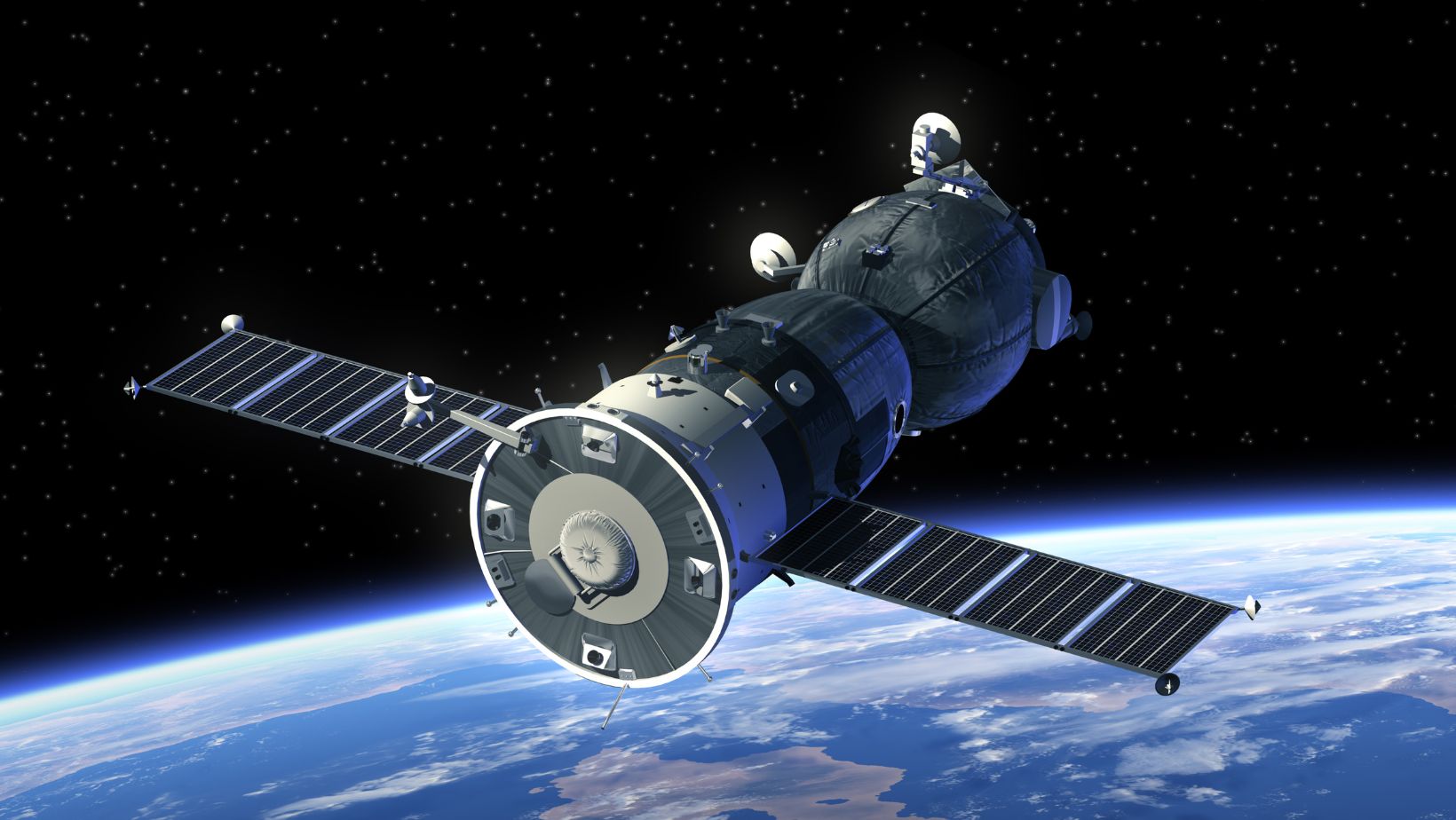
Yet, there’s always that urge to return. So much so that we need to remove the amount of junk we’ve left in Earth’s orbit. The UK’s Natural History Museum claims 2,000 active satellites and 3,000 decommissioned satellites orbit our planet. Also, 34,000 pieces of garbage measuring 10cm+ follow Earth on its journey around the galaxy, while millions of other bits act like microplastics for the stars.
For astronomers, professional or otherwise, this presents a unique problem. Just as the path of the International Space Station is visible with the naked eye, satellites leave their own traces, ruining images used for science and research. Astronomy Now magazine showed its readers a straight white line bisecting a picture of NGC 4676, a pair of galaxies known as “The Mice”.
“Astronomical Menace”
In 2022, 10% of images captured by the Hubble Space Telescope suffered from satellite “interference”. A similar issue, light pollution ruining views of the night sky from the ground, eventually led to the creation of Dark Sky sites (118 of these are in the United States, the most in the world). Satellites can’t be switched off or moved as easily.
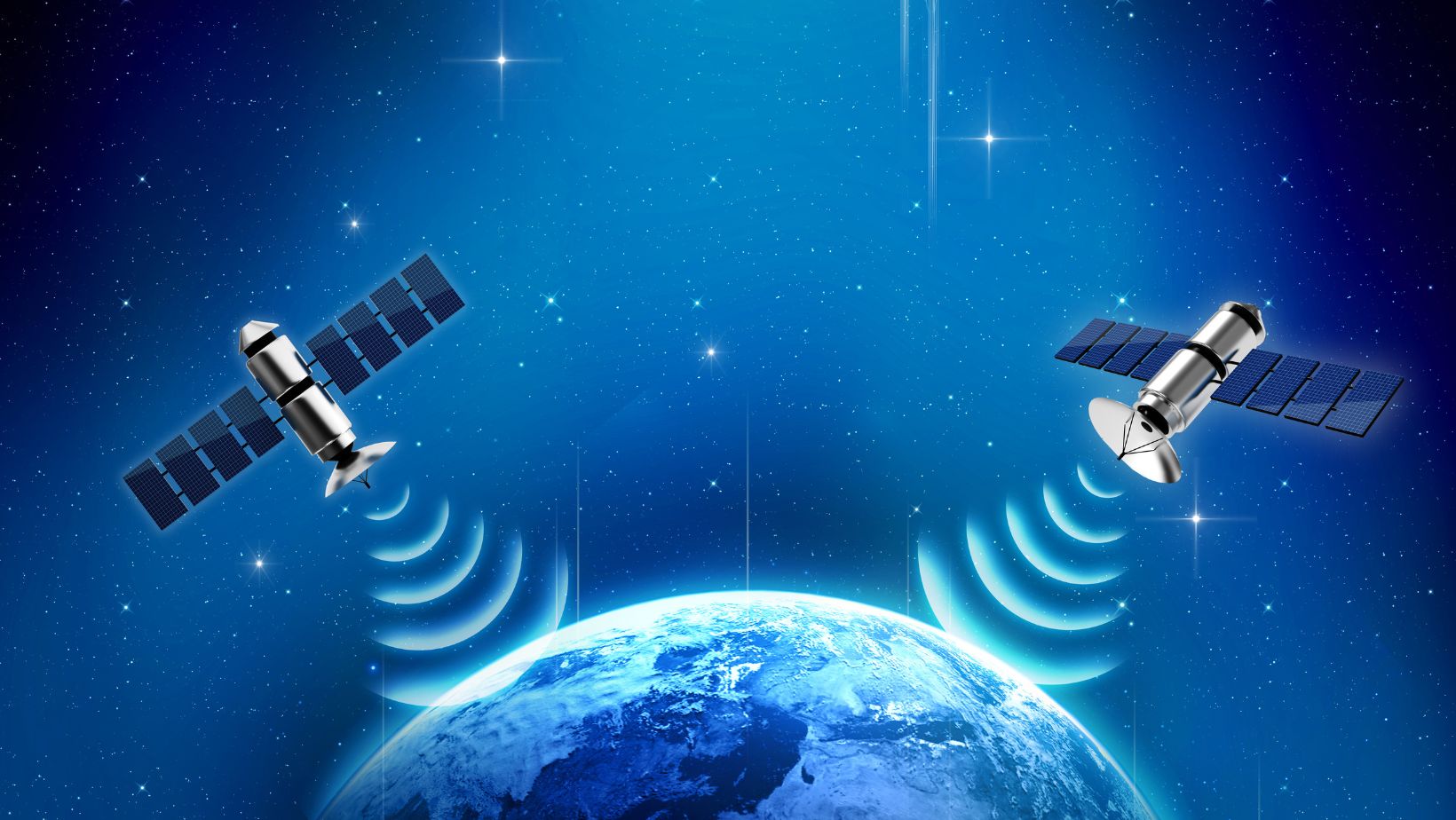
Dave Stark of Baltimore’s Space Telescope Science Institute notes that software exists to combat streaking space objects but it’s not accurate. This program detects white streaks, stacks frames to make them brighter, and subtracts them from each affected frame. Then, the satellites are no longer visible when recombined for processing.
An upgrade to Hubble’s software package promises twice the effectiveness, 20%, which is still far from perfect. The worry is that science is in an arms race with itself. As more satellites are launched (Elon Musk’s Starlink hopes to add another 35,500 over the next few years, leading Space.com to question whether it might be an “astronomical menace”), the success rate of satellite spotters may fall.
In addition to Starlink’s schedule, 200-300 other satellites find a launchpad each year, as the world depends on various signals to function. The obvious questions to ask are about alternatives. A solar-powered drone (PHASA-35) flying within the atmosphere could keep space free of photobombers while providing satellite functionality.
For now, though, satellite software might have to make do with diminishing returns.





